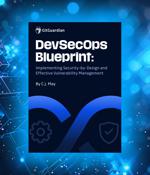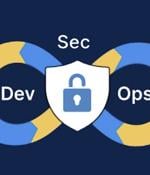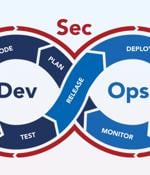Security News

Security shouldn't wait until the end of development. Wazuh brings real-time threat detection, compliance, and vulnerability scanning into your DevOps pipeline—powering a stronger DevSecOps...

In this Help Net Security interview, Josh Lemos, CISO at GitLab, talks about the shift from DevOps to DevSecOps, focusing on the complexity of building systems and integrating security tools. He...

The way software is developed has changed. DevSecOps is transforming the industry by incorporating security from the early stages and automating traditional processes to build better, faster, and...

In the DevSecOps Blueprint whitepaper, GitGuardian outlines a robust foundation for building an automated and technology-driven DevSecOps Program that addresses every aspect of the SDLC. Learn how your organization can embed security at every layer: the tools and technologies, the processes, and the people involved. Help your developers work faster while maintaining security.

Traditional application security practices are not effective in the modern DevOps world. When security scans are run only at the end of the software delivery lifecycle (either right before or...

One of the enduring challenges of building modern applications is to make them more secure without disrupting high-velocity DevOps processes or degrading the developer experience. Today’s cyber...

As artificial intelligence advances and machine learning moves to the center of an organization, there's an emerging challenge: how to incorporate ML security into the broad development cycle. That's where machine learning security operations enters the picture.

NIST released its final guidelines for integrating software supply chain security in DevSecOps CI/CD pipelines. In this Help Net Security video, Henrik Plate, Security Researcher at Endor Labs, talks about this report, which provides actionable measures to integrate the various building blocks of software supply chain security assurance into CI/CD pipelines to enhance the preparedness of organizations to address supply chain security in the development and deployment of cloud-native applications.

Making developers accept the importance of security in their software development process comes with numerous challenges. Finally, there's the people-related challenges: developers may have difficulties with the imminent changes that DevSecOps bring to the development process, and may lack security skills required to carry out certain security practices in DevSecOps.

Traditional on-premises and pro-code development teams have invested heavily in DevSecOps tooling, but many low-code development teams don't believe these tools are necessary. If your low-code team is resistant to DevSecOps tools, here are four early warning signs that you should be considering a tool to help manage your releases.